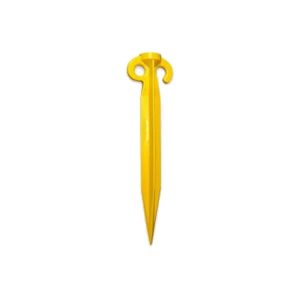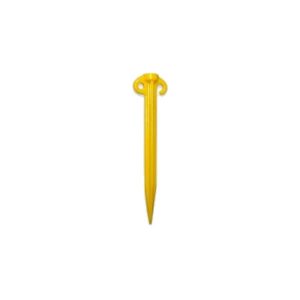The Difference Between Recovery Straps
Recovery straps have save us again and again, and are still one of the best tools for getting ourselves, and others, out of trouble. There’s a lot of different types out there, and they are all for different uses. We’ve written up a guide for what each strap should be used for.
Snatch Strap
These are the workhorse of the pack. Snatch straps are elastic straps used for creating kinetic energy to get your mates un-stuck. These are used for pulling other vehicles out when they are stuck. Snatch straps are made to stretch and are for use in shock-loading situations.
Snatch straps get longer as more force is applied to them, and go back to their original length when the force is removed. This lets them give you more pulling power when it’s needed.
Of course, you should always be careful not to exceed the working load limit of the strap as there’s been some very horrific injuries, and even deaths, from incorrectly used snatch straps.
You should always do your best to aid your snatch strap by digging out under each tyre and the chassis (where possible). This also works great with recovery boards as well so that the vehicle being recovered can get it’s own grip as quickly as possible.
Winch Extension Strap
This is just what it sounds like – a strap that lets you extend to reach of your winch cable. Not many people think that these much use, but we’ve seen them used many times.
Think about it, what do you do when you have 30 metres of winch rope, but the nearest anchor point is 40 metres away? This is when you hook the winch extension strap up to the end of your winch cable.
These straps are not elastic, do not stretch and are not to be used in any sort of shock-load situation as they will break under sudden loads.
Equaliser Strap
You should always use an equaliser strap on the front of your vehicle to spread the load as evenly as possible between your recovery points.. You hook each end up to a recovery point on your vehicle, and then use a shackle to connect the winch rope, or other strap, to the centre of the equaliser strap.
The biggest reason for using equaliser straps is to take the load off each recovery point, and the less load on the points, the less stress on the vehicle overall.
Equaliser straps can be used for recoveries with snatch straps, but as always, check the load ratings before you hook it up.
Tree Trunk Protector
Tree trunk protectors protect more than just trees! Think of these as an anchor point for winching. The reason for using a tree trunk protector is that you can wrap it around your anchor point and connect your winch cable to it, instead of wrapping your winch cable around the anchor point and potentially weakening it.
These are not meant for recovery or shock loading, so only use them for slow-and-steady winch pulls.
Towing Strap
Towing straps are a mix between a snatch strap and a winch extension strap. They have a bit of elasticity so to allow for the extra loading of the towed vehicle. This elasticity is also why it’s not good for using with a winch. The straps will elongate and your winch won’t do its job.
Safety and Precautions
It doesn’t matter which strap you are using, you should always be sure that you follow all recommended safety procedures to make sure that no one gets hurt. There’s been too many times in the past where people have been seriously injured or killed from recovery gear that’s been incorrectly used, or has been worn and shouldn’t have been used in the first place.
The rules are simple and pretty much common sense, but it’s amazing how many times we see people “forget” them in the real world.
- Always use a damper on any straps.
- Only use rated shackles and recovery points. They will have a WLL (Working Load Limit) stamped on them so you’ll know what is and what isn’t.
- Only have the drivers in each vehicle.
- All bystanders and helpers should be a minimum or 1.5 times the complete length of rope and straps combined away from the scene. As an example, if you’re using a 10m snatch strap, people should be at least 15 metres away. If you’re using 20 metres of winch cable and a 10 metre winch extension strap, people should be at least 45 metres away.





Hi
I have new Land Rover Defender 3.0 L, P400 with Curb weight 2286Kg(5035lb) and Gross Vehicle Weight 3165Kg (6975lb).
Please advise me on Snatch strap, Equalizer strap and Bow shackle required for my car.
I am from middle east region and the main off road use in Sand Dunes
A snatch strap should be between 2 and 3 times the GVM of your vehicle, so if we take it at around 2.5 times you’d need a strap capable of just under 8 tonne. There’s a lot of good 8 tonne snatch straps around so get one of those. An equaliser strap should be rated higher, so look at 10-12 tonnes there. For shackles, the standard 4.8 tonne ones are good for most things, but also check out soft shackles too as they are lighter and stronger.